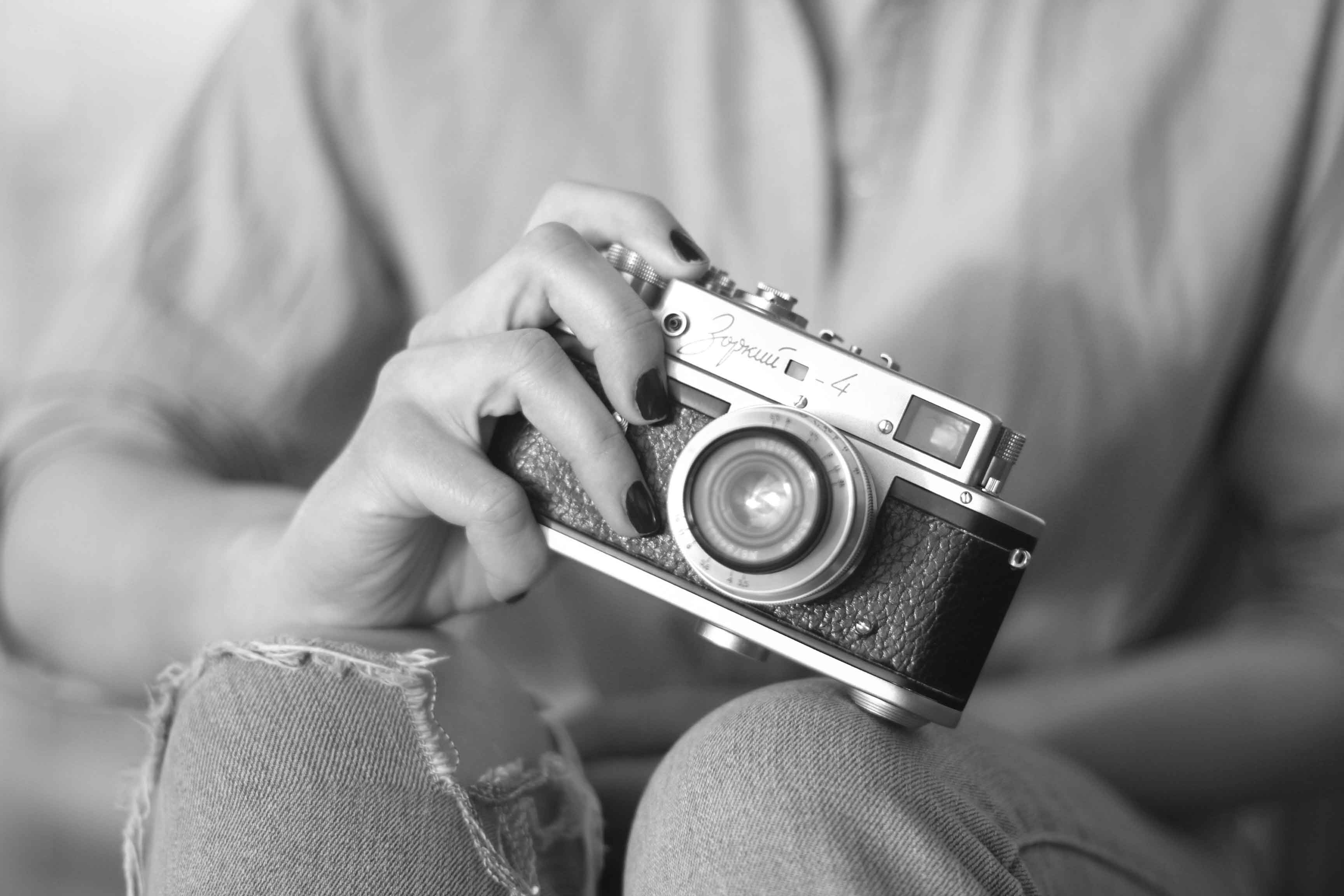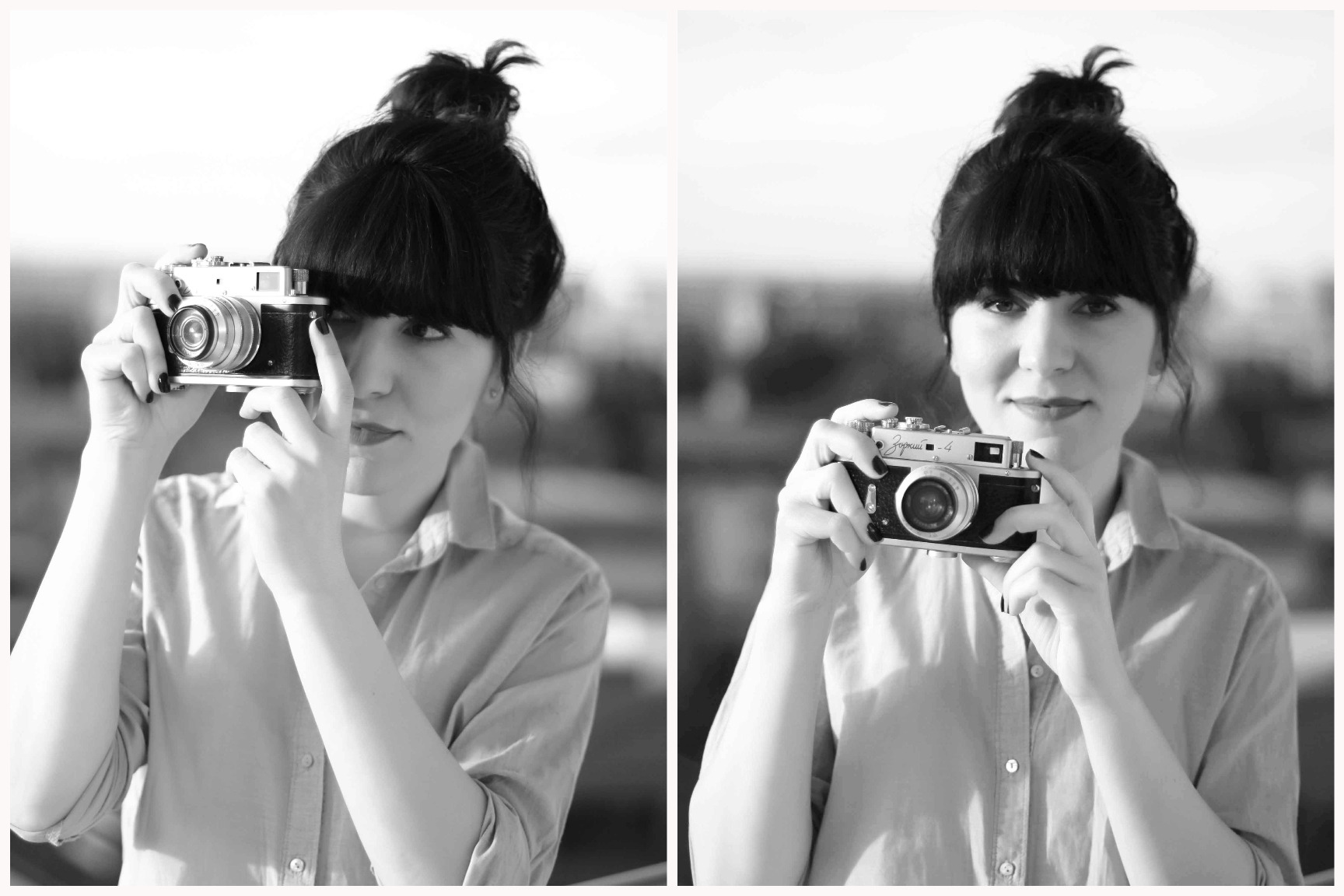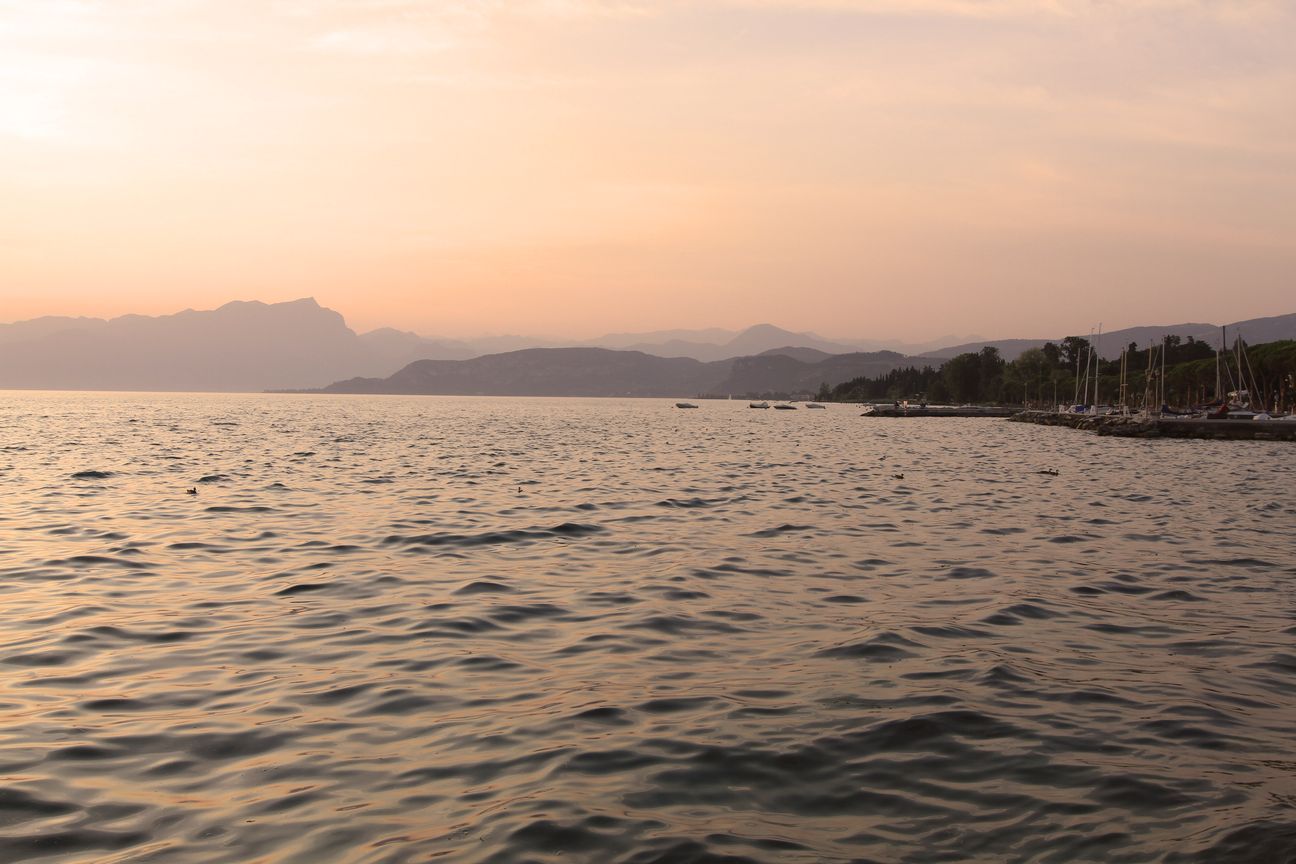

 I’ve started to take photos as some kind of hobby, without having any previous technical training. You could almost say I learned by just pressing buttons. Photography is the way I discover and appreciate everything that is surrounding me.
I’ve started to take photos as some kind of hobby, without having any previous technical training. You could almost say I learned by just pressing buttons. Photography is the way I discover and appreciate everything that is surrounding me.
The real art begins while looking through the lens. And although technical skills are equally important, here are a few things I’ve learned by practicing photography as a hobby and I have decided to share:
What kind of camera/lenses to use?
Mirrorless is the latest technology in photography. It has almost the same features as a DSLR camera, but what I like about it is the size: they are smaller, lighter it seems the best choice for travel photography, lifestyle photography or if you are a blogger. The lens are even more important that the camera itself (the body). The photos you take depend of which type of lens you use. First you have to decide which type of photography is best for you and choose your lens accordingly.
Tips: use a wide lens for landscapes and architectural compositions and a standard lens for portraits and details. For my travels photography I use 12-24mm lens and for portraits and details I use a 50mm f/1.4 lens.
A lot of practice
Practice is the key, the main ingredient to improving your photography skills. You may have a good theoretical and technical foundation, but the final result is in the photographer’s eye. Take a lot of pictures, keep the best and learn from your mistakes.
Tips: take you best friend and go out for some pics!
Composition
This will be improved with practice. Play with shapes, textures and colors until you obtain a shot which is interesting to the eye. The contrast is very important because the image is formed by contrasts of tones, subjects or places.
The most important asset – The light
I believe the light is the most important asset of a photographer and if you learn how to make the most of natural light you may say that you have learned photography. You have to choose between hard or soft light and my best advice is to start with soft light. It’s easier to work with and manipulate.
Soft light is when the source of light is larger. A simple example of soft light is the sky diffused by clouds or a cloudy day and the afternoon light (the golden hour). When the light source is smaller you’ll have the hard light. A simple example of hard light is direct flash or direct sun. Because of the diffusion, soft light is most flattering for portraits, while hard light may accentuate the blemish of the skin.
I hope this tips was useful to you. Do not hesitate if you have questions about a specific topic by sharing your comments bellow. I will come back with more photography tips, so stay close.




Leave a Reply